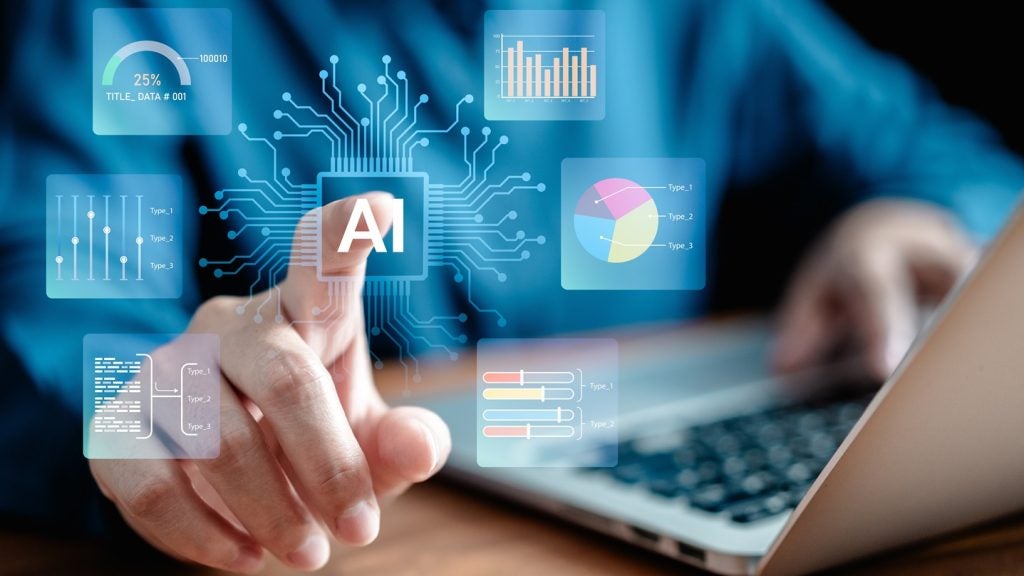Akamai Technologies has filed a patent for systems and methods to improve the delivery and performance of web pages that produce virtual reality (VR) or augmented reality (AR) experiences. The patent describes analyzing web pages, capturing characteristics of the VR or AR scene, and preparing an object list ordered by loading priority. This information can be used to enhance the delivery of the web page through server push, early hints, and other techniques. GlobalData’s report on Akamai Technologies gives a 360-degree view of the company including its patenting strategy. Buy the report here.
According to GlobalData’s company profile on Akamai Technologies, Automation system authentication was a key innovation area identified from patents. Akamai Technologies's grant share as of September 2023 was 64%. Grant share is based on the ratio of number of grants to total number of patents.
Improving delivery and performance of vr/ar web pages
A recently filed patent (Publication Number: US20230300186A1) describes a method performed by servers to enhance virtual reality (VR) and augmented reality (AR) experiences. The method involves receiving a request from a client device for a markup language document that can be used by the client device to create a VR/AR experience. The servers then modify the markup language document by inserting client-executable code that instructs the client device to collect a measurement for an object in the field-of-view of the VR/AR experience and send the measurement back to the servers. The modified markup language document is then sent to the client device.
The servers analyze the measurement received from the client device to determine a loading priority for the object. This loading priority is used to prioritize the loading of the object in subsequent requests for the markup language document. In other words, the servers take action to enforce the loading priority for the object based on the analysis of the measurement.
The measurement collected by the client device can include various parameters such as the distance of the object from the center of the field-of-view, the apparent size of the object, the depth to the object, and the angular offset of the object. The field-of-view can be either the initial field-of-view or a subsequent field-of-view revealed after animation from the initial field-of-view.
The markup language document used in this method can include WebVR tags and attributes, which are commonly used in VR/AR experiences.
The patent also describes a system comprising servers in a content delivery network that operate according to the method described above. The system receives a request from a client device, modifies the markup language document, sends it back to the client device, analyzes the measurement, and enforces the loading priority for the object.
Additionally, the patent includes a non-transitory computer-readable medium holding computer program instructions for execution on hardware processors. These instructions perform the same method as described above, allowing client devices to create VR/AR experiences with enhanced loading priorities for objects.
Overall, this patent presents a method and system for improving VR/AR experiences by dynamically prioritizing the loading of objects based on measurements collected by the client device.
To know more about GlobalData’s detailed insights on Akamai Technologies, buy the report here.
Data Insights
From

The gold standard of business intelligence.
Blending expert knowledge with cutting-edge technology, GlobalData’s unrivalled proprietary data will enable you to decode what’s happening in your market. You can make better informed decisions and gain a future-proof advantage over your competitors.







